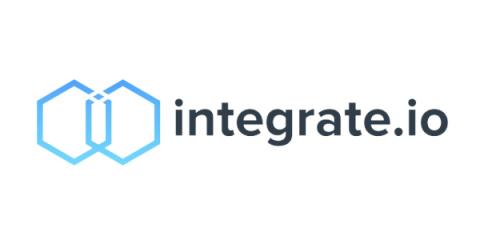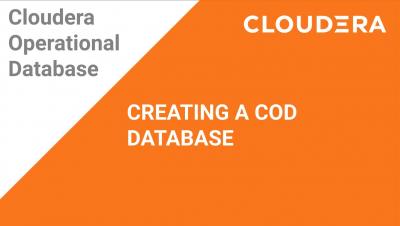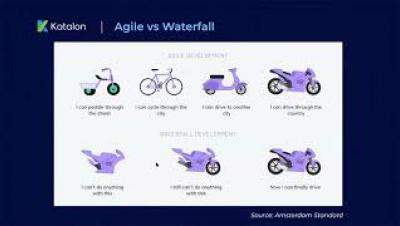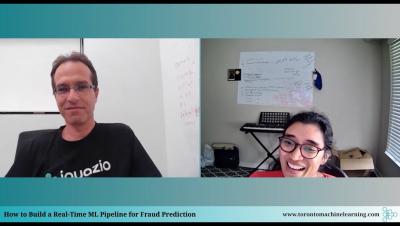Systems | Development | Analytics | API | Testing
%term
Bigtable vs. BigQuery: What You Need to Know
The San Francisco Municipal Transportation Agency gets riders where they're going, thanks to Talend, Disy, and geospatial data
Every day, hundreds of thousands of residents and commuters in San Francisco, California, use the public transportation services of the San Francisco Municipal Transportation Agency (SFMTA). In addition to the city’s buses, subway system, and famous cable cars, the SFMTA manages comprehensive services including bicycle and e-scooter rentals, as well as permits for road closures.
Minimizing Supply Chain Disruptions with Advanced Analytics
January 2020 is a distant memory, but for most, the early days of the pandemic was a time that will be ingrained in memories for decades, if not generations. Over the last 18 months, supply chain issues have dominated our nightly news, social feeds and family conversations at the dinner table. Some but not all have stemmed from the pandemic.
Creating a COD Database
Dzone Low Code Show. Using Low code for Devops.
Developing and Testing a Web App with Continuous Integration
Machine Learning Summit: How to Build a Real Time ML Pipeline for Fraud Prediction
What's New In Loadero (July 2021)
It’s summer, a pleasant time for taking a vacation and having some rest. While members of the Loadero team take holidays too, work on improving our service to serve customer’s needs is never interrupted. In this blog post we are sharing updates to our application that took place in July.










